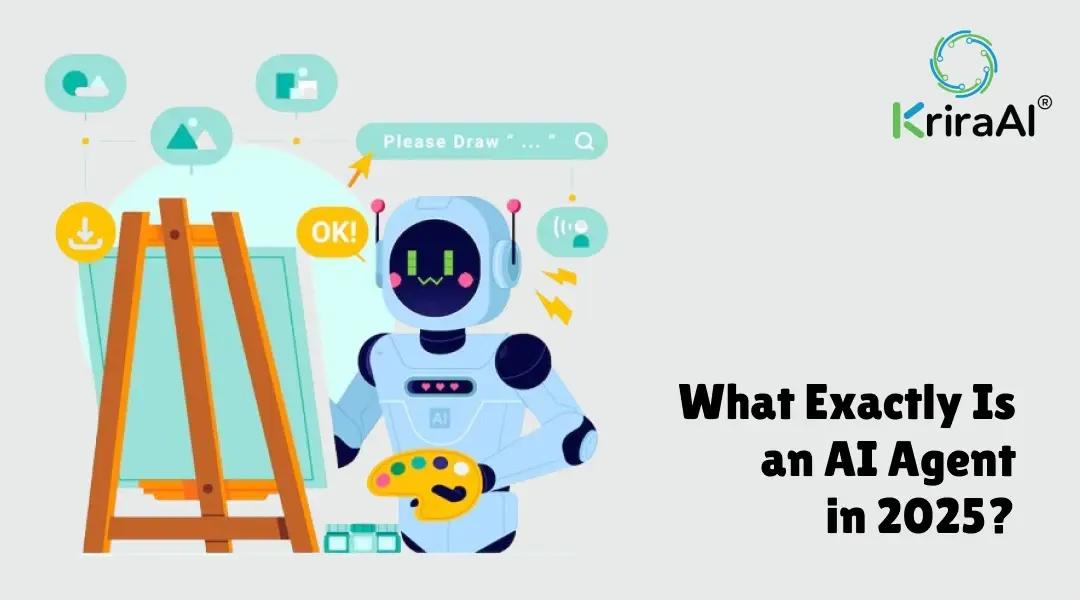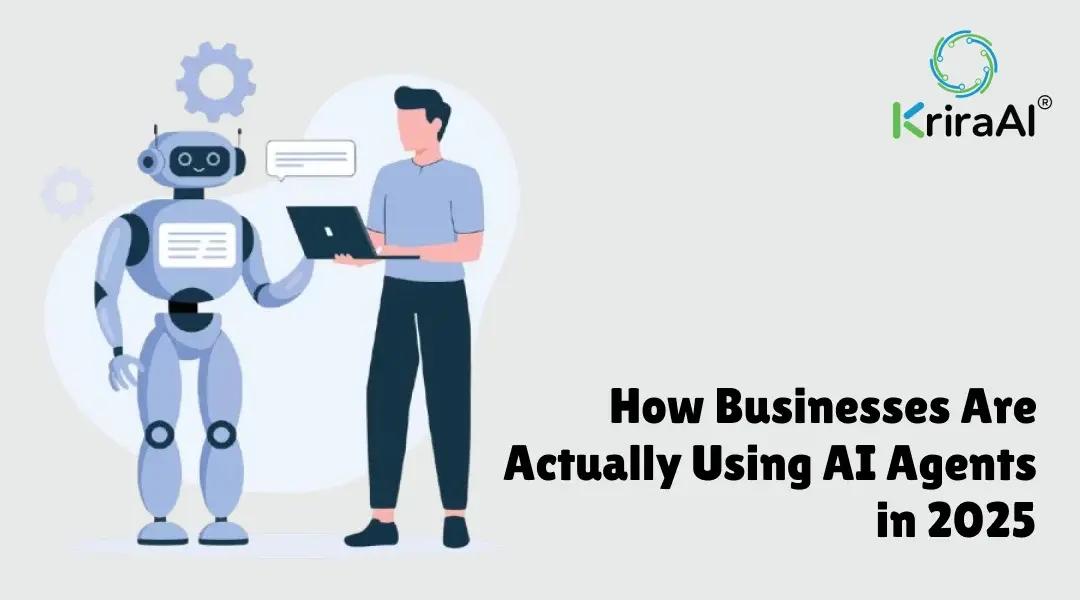What Are AI Agents? How Businesses Are Using Them in 2025
A logistics firm. Family-owned. Solid revenue. Great team.
They brought us in to “add AI.” You know the type of brief: “We want automation, scale, intelligence.”
What did they really wanted? To stop bleeding cash every time a customer changed a delivery. Their agents were swamped. The process was a mess of spreadsheets and phone calls.
So, we built them an AI agent. It worked—until it didn’t. Because someone forgot one thing:
An AI agent isn’t a magic worker. It’s a worker. And workers need training, monitoring, and boundaries.
I’ll tell you what saved the project later. But first, we need to get brutally clear about what AI agents actually are in 2025—and why some businesses are thriving with them while others are burning budgets in a robotic gold rush.
You’re probably sick of AI buzzwords. Same. But this one—AI agents—actually matters.
Here’s why:
If you don’t understand how AI agents work and where they don’t, you’ll either miss the biggest efficiency leap since cloud computing… or worse, deploy a digital intern that embarrasses your brand in public.
That’s not drama. That’s Tuesday in my inbox.
So let’s get real. Let’s talk about what AI agents are, what they aren’t, and how smart businesses are actually using them right now.
What Exactly Is an AI Agent in 2025?

Imagine a tireless, software-based teammate that can read, write, take action, and learn within specific guardrails.
It’s not a chatbot. Not a fancy script.
It’s a semi-autonomous system that can execute workflows, not just answer questions.
The Analogy:
Think of it like a junior employee who never sleeps. You give them instructions (“When X happens, do Y”), some data access, and maybe even a few tools. They can chat, email, generate reports, update CRMs—whatever their “job” demands.
Now for the real version:
AI agents combine LLMs (like GPT-4), tools (APIs, databases, RPA bots), and logic frameworks (like LangChain or AutoGen). They’re trained to perform tasks based on goals, context, and memory.
Some are reactive (like customer support agents).
Some are proactive (like agents monitoring dashboards or reconciling invoices overnight).
The smart ones? They don’t just respond. They work.
How Businesses Are Actually Using AI Agents in 2025

1. Customer Support Agents That Don’t Crack Under Pressure
Enterprise support desks are being redefined. 24/7 intelligent virtual agents now handle 60–80% of inbound tickets—without burning out or rage-quitting.
I saw one SaaS client cut their support backlog from 4,000 to 300 in 12 days.
Bonus: These agents escalate intelligently. They know when to loop in a human. That's real intelligence.
2. Autonomous Back-Office Helpers
Payroll reconciliation. Inventory syncing. Expense validations. I’ve seen AI agents quietly replace the grunt work that once needed four junior analysts and a bucket of coffee.
A mid-sized retailer we worked with uses agents to:
Match delivery receipts to invoices.
Flag duplicates.
Email vendors for missing info.
They saved 18 hours a week—per team.
3. AI Agents in Marketing & Sales
AI sales agents? Not the sci-fi kind. I’m talking:
Following up with leads.
Personalizing outreach based on CRM signals.
Qualifying prospects via email or chat.
Nudging warm leads with tailored offers.
One client nicknamed theirs “RevenueBot.”
They hit 127% of pipeline goals last quarter. I’m not saying that was only the bot, but let’s just say it helped.
But Here’s The Hard Truth
You can’t just “plug in” an AI agent and expect miracles. I’ve seen projects fail because:
The workflows weren’t defined.
The data was a dumpster fire.
No one owned the AI agent post-launch.
An AI agent is like hiring a remote employee. If you wouldn’t onboard a human with zero documentation, don’t do it to your AI.
Want brutal honesty? If your internal processes are chaos, an AI agent will just scale the chaos.
The “Logistics Nightmare” Project of ‘22
Let’s revisit that firm from the intro.
We built them an AI customer service agent. It answered 83% of queries. But one month in, customers were furious. Why?
The agent was confirming reschedules… without actually updating the driver schedules in their legacy software.
Everyone assumed someone else was managing it.
The fix?
We installed a “human-in-the-loop” gate for high-risk changes, connected the old system via an API wrapper, and added a feedback loop.
Now it runs like a charm.
But it reminded me: AI doesn’t fail. Humans do—by forgetting that software only knows what you teach it.
Conclusion:
I get it. AI fatigue is real.
But here’s what I know: when done right, AI agents don’t just save time—they save sanity. They free your team to focus on the work that matters.
So don’t rush. Don’t gamble. Take one use case. Define it. Build it. Test it. Learn.
Then watch the ripple effect.
FAQs
This is answer
This is answer
This is answer

CEO
